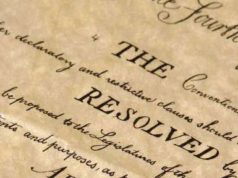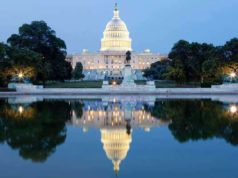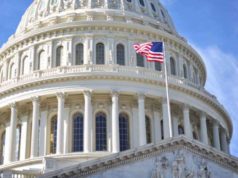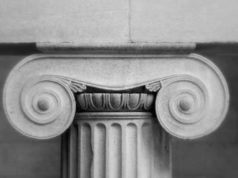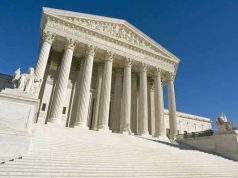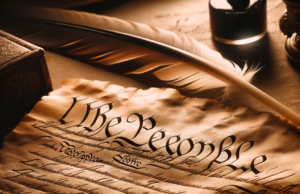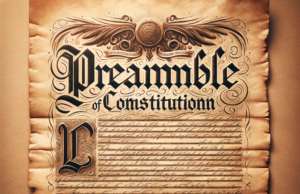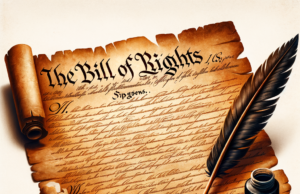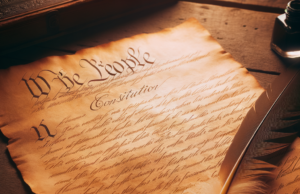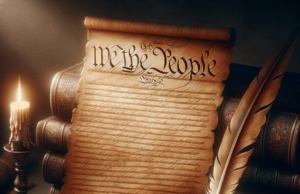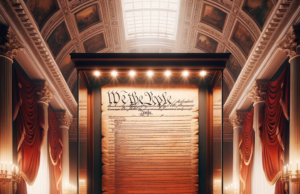Table of Contents
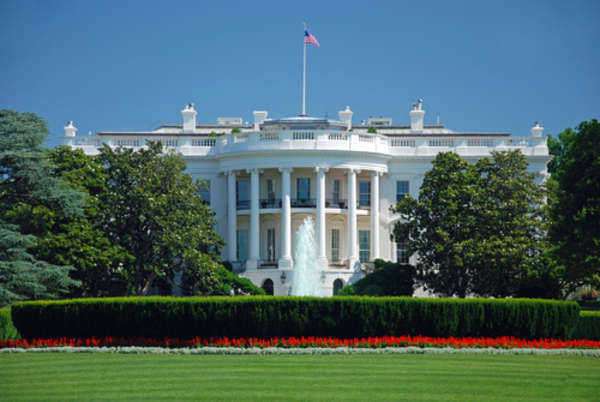
Article 1 of the US Constitution: The Legislative Branch
The Structure of the US Congress
Powers and Responsibilities of the US Congress
Checks and Balances on the US Congress
Conclusion
The article then goes on to describe the structure of Congress. It establishes that there will be two houses: the House of Representatives and the Senate. The House of Representatives is designed to be the more democratic of the two, with members elected directly by the people for two-year terms. The number of representatives from each state is based on the state’s population. The Senate, on the other hand, is designed to be more deliberative and less beholden to the whims of the people. Each state gets two senators, who are elected for six-year terms. The article also lays out the requirements for serving in each house of Congress.
Representatives must be at least 25 years old, have been a citizen of the United States for at least seven years, and be an inhabitant of the state they represent. Senators must be at least 30 years old, have been a citizen of the United States for at least nine years, and be an inhabitant of the state they represent. The article goes on to describe the powers and responsibilities of the House of Representatives. The House is charged with initiating revenue bills (i.e. bills that raise money) and impeachment proceedings. It also has the power to elect the President of the United States in the event that no candidate receives a majority of the electoral votes. The article then turns to the powers and responsibilities of the Senate. The Senate is charged with providing “advice and consent” on presidential appointments and treaties. It also serves as the court of impeachment, with the power to try and remove officials from office if they have been impeached by the House of Representatives. One of the most important powers of Congress is the power to make laws.
Article 1 provides detailed guidance on this process. A bill may originate in either house, but it must pass both houses in identical form in order to be sent to the President for signature. If the President signs the bill, it becomes law. If the President vetoes the bill, it can still become law if two-thirds of both houses of Congress vote to override the veto. The article also provides guidance on how Congress should conduct itself. Each house is responsible for setting its own rules of procedure. A majority of members constitutes a quorum for conducting business, and a smaller number may adjourn from day to day. Each house must keep a journal of its proceedings, and the yeas and nays of each vote must be recorded. Finally, the article specifies some limitations on the powers of Congress. For example, Congress is prohibited from passing bills of attainder (i.e. laws that punish a person without a trial) or ex post facto laws (i.e. laws that retroactively criminalize conduct that was legal when it occurred). It is also prohibited from suspending the writ of habeas corpus (i.e. the right to challenge one’s imprisonment in court) except in cases of rebellion or invasion.
Article 1 of the Constitution is a crucial part of the Founding Fathers’ effort to create a limited government with a separation of powers. Its provisions establish the powers and responsibilities of the legislative branch of government and provide guidance on how Congress should conduct itself. Despite some limitations on its powers, Congress remains a powerful institution that plays a critical role in shaping the direction of the country and protecting the rights of its citizens. The Constitution of the United States of America is where the United States Federal Government derives its power. The Constitution is considered to be the supreme law of the The United States. The first three Articles of the Constitution define what was to become the three branches of Government in the United States, with each addressing each branch. The First Article of the Constitution provides for the structure of the Legislative Branch. It also delineates the powers and responsibilities that the Legislative Branch is to have. The First Article is divided into ten sections, each addressing aspects of the Legislative Branch in terms of composition, member eligibility, and duties.
Article I establishes Congress, which is to become the ruling body of the Legislative Branch. Congress is a bicameral legislature, consisting of two Houses, known as the Senate and the House of Representatives. The legislative process requires that both Houses act together, for any procedure requires the approval of both. Congress, as it is constructed in the First Article, is a deviation from the Congress of Confederation that was set up by the Articles of Confederation in 1781. The Congress of Confederation was a unicameral legislative body that had minimal authority when compared to the power granted to the States. The reason that this structure was implemented was out of the fear and prevention to allow a central body of government to maintain all the power and authority, thus creating for the possibility of a tyrannical government. After the American Revolution, an oppressive and all-controlling government is exactly what the United States wanted to avoid. However, a unicameral legislative branch proved to be ineffective.
The Constitution’s First Article would call for a bicameral legislature, in which each House would have specific and unique powers and authority in order to maintain a balance. The House of Representatives also referred to as the lower House of Congress, was created to provide for representation in the Federal A government that would be proportional to each state’s population. For example, California currently has the highest population in the United States, and therefore, has the most representatives in House with 53 representatives. The House of Representatives is to be comprised of no more than 435 members, with each state having at least one representative. The presiding officer of the House of Representatives is the Speaker of the House, who is elected by the other members.
The Constitution allows for the specific powers to initiate revenue bills, the authority to impeach officials, and elect the President of the United States in case there is a discrepancy or stalemate in the Electoral College. However, the most important power granted to the House by Article I of the Constitution is the ability to pass legislation at the Federal level which will have effects on the nation as a whole. However, bills must also be approved by the Senate and the President before being enacted into law. The United States Senate, which is also known as the upper House of Congress is also implemented with the idea of allowing for state representation at the Federal level. Unlike the House of Representatives, however, representation is not contingent upon the population numbers of each state.
In the Senate, each state is represented by two senators. The leader of the Senate is called the President of the Senate but is actually also the Vice President of the The United States. However, the Vice President does not have the authority to vote on matters unless there is a tie in the polling process. Article I of the Constitution grants certain powers to the Senate which are not given to the House. Generally speaking, it is considered for the Senate to be more prestigious because of the fact that there are fewer members and offers for more deliberative decisions. The Senate has the power to approve treaties as a condition for ratification, as well as the approval of Federal officials, such as Cabinet secretaries, Federal judges, military officers, and other Federal uniformed officers.
The Senate also has the power to try Federal officials that are impeached by the House of Representatives. Another important factor of the First Article of the Constitution, besides creating and enumerating powers for Congress, is that it also implements limits of power of the States. The States are explicitly prohibited from making their own money, taxing goods from other states, and entering into treaties, alliances, or confederations. The States are also not allowed to create their own navies nor enter into war. It is also addressed in Article I of the Constitution that any limits placed on Congress, such as suspension of habeas corpus, titles of nobility, and ex post facto laws, are also prohibited to the states.

